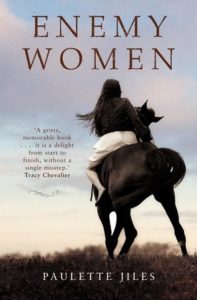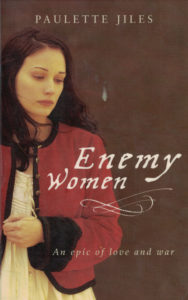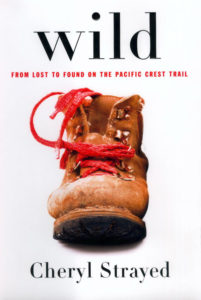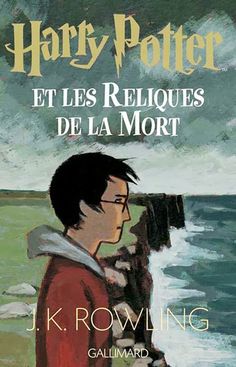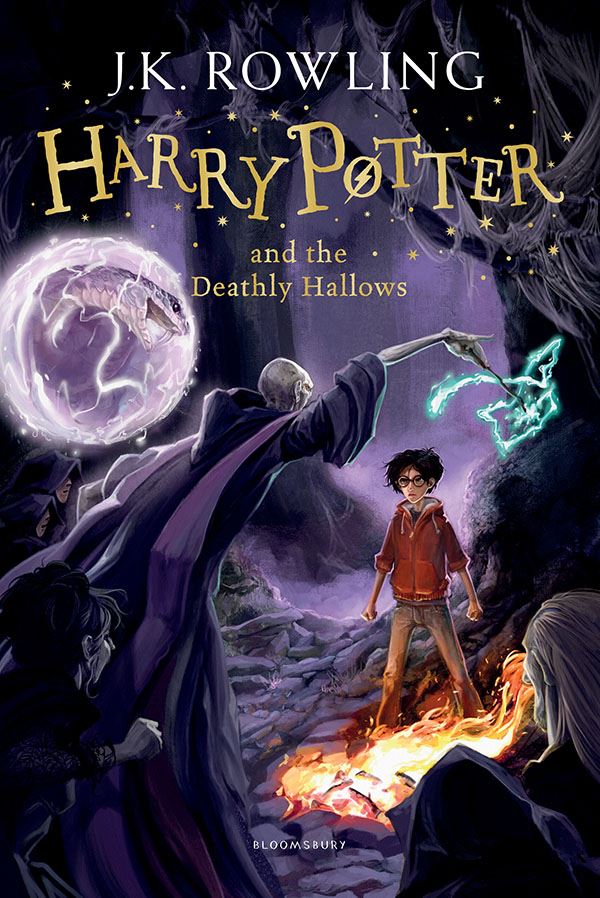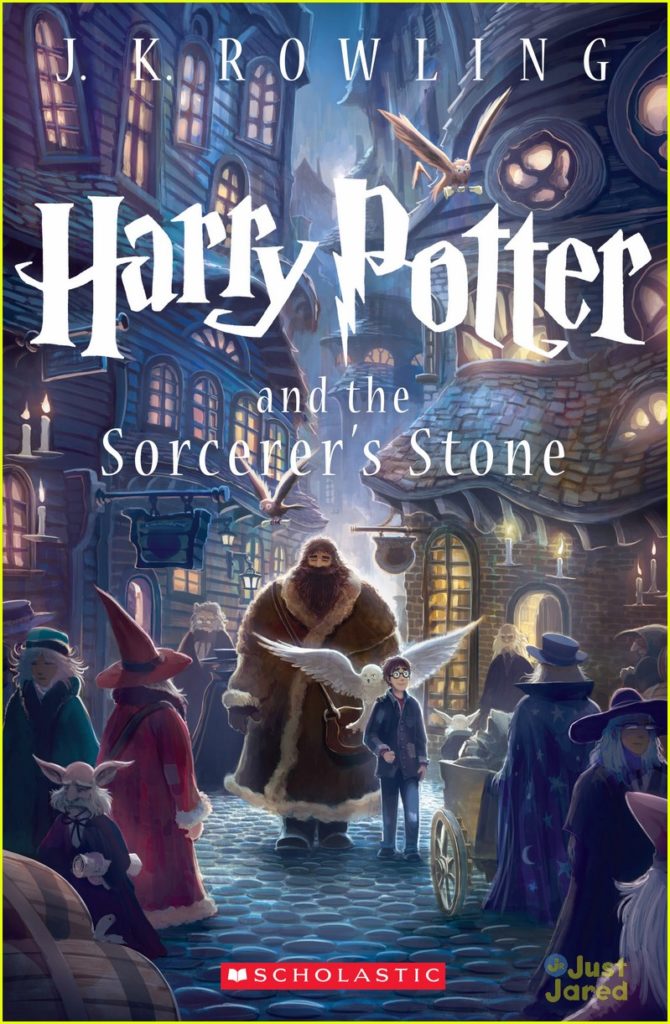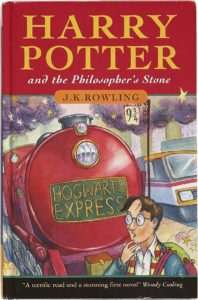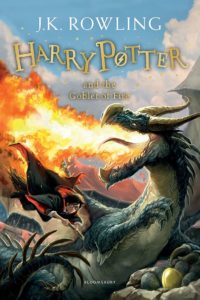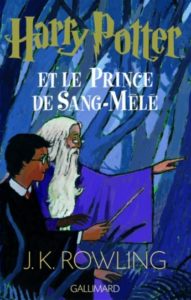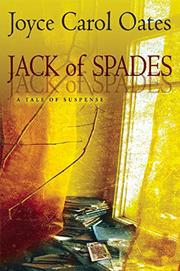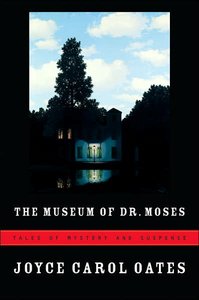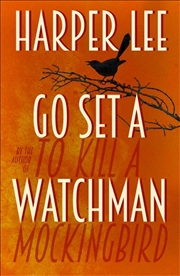 Joanne Harris is a interesting writer – very diverse in her output. I started out with her where most people did, “Chocolat” in 1999. It wasn’t really my sort of book but the fantasy element with its whiff of witchcraft was intriguing. Over the years, I looked at her other books but they didn’t appeal (“Five Quarters of the Orange”, “Coastliners”). I then came across “The Evil Seed” – Harris’s first published book (1989)– a wonderful contemporary vampire thriller. I have no idea why this terrific book is not better known. A lot of her bibliographies, don’t include it at all. I then read Jigs and Reels, a satisfying collection of her short stories, and then the horribly titled “Lollipop Shoes”, which follows Chocolat’s heroine Vianne and her two daughters who are now living in Montmartre, and what happens when the seductively sinister Zozie comes into their lives. (I note that this book was later retitled The Girl with No Shadow for some editions).
Joanne Harris is a interesting writer – very diverse in her output. I started out with her where most people did, “Chocolat” in 1999. It wasn’t really my sort of book but the fantasy element with its whiff of witchcraft was intriguing. Over the years, I looked at her other books but they didn’t appeal (“Five Quarters of the Orange”, “Coastliners”). I then came across “The Evil Seed” – Harris’s first published book (1989)– a wonderful contemporary vampire thriller. I have no idea why this terrific book is not better known. A lot of her bibliographies, don’t include it at all. I then read Jigs and Reels, a satisfying collection of her short stories, and then the horribly titled “Lollipop Shoes”, which follows Chocolat’s heroine Vianne and her two daughters who are now living in Montmartre, and what happens when the seductively sinister Zozie comes into their lives. (I note that this book was later retitled The Girl with No Shadow for some editions).
I gave “Gentlemen and Players” to a relative for a present. When they didn’t read it for a couple of years, I repatriated it back to my place. They missed out on a fantastic suspense novel, cleverly constructed and compulsively readable. It is set in a boys’ boarding school, St Oswald’s, and has two narrators. One is the working class offspring of the school’s loyal ‘po rter’. Harris portrays a character who is both envious of the advantages of the wealthy boys at the school, who is unconfident and jealous, but also, especially in this person’s older voice, deliciously cynical, cutting and conniving. The other narrator is the about-to-retire classics master – also cynical about the school and the powers that be there but someone who is good at his job and liked by the boys (this is a lovely portrayal reminiscent of Mr Chips or, albeit is a less schmaltzy form, the teacher in Dead Poets Society).
rter’. Harris portrays a character who is both envious of the advantages of the wealthy boys at the school, who is unconfident and jealous, but also, especially in this person’s older voice, deliciously cynical, cutting and conniving. The other narrator is the about-to-retire classics master – also cynical about the school and the powers that be there but someone who is good at his job and liked by the boys (this is a lovely portrayal reminiscent of Mr Chips or, albeit is a less schmaltzy form, the teacher in Dead Poets Society).
We soon find out that our first narrator has infiltrated the school as a teacher and is now bent on wreaking revenge for a wrong that is slowly revealed through the story. The revenge starts out in small ways, things going missing and innocents being blamed, graffiti scrawled on teachers’ homes, but is then ratcheted up: pornography found on teachers’ computers and students going missing. Our narrator is keeping the classics master for a final coup de grace or, more appropriately, check mate. My edition of the novel has chess pieces to represent the two narrators – a white king for the classics master and a black pawn for the other narrator. The sections of the book also refer to a game of chess, and that’s what it is in the end as the two narrators battle it out for who will survive.
I’ve been careful what I’ve said here because there is a huge twist at the end that it would be unfair to reveal. Most reviewers have praised this device but I felt it wasn’t necessary. It is one of those twists which make you go back over the book to work out how you were fooled. Nevertheless “Gentlemen and Players” really is a virtuoso example of suspense writing.


